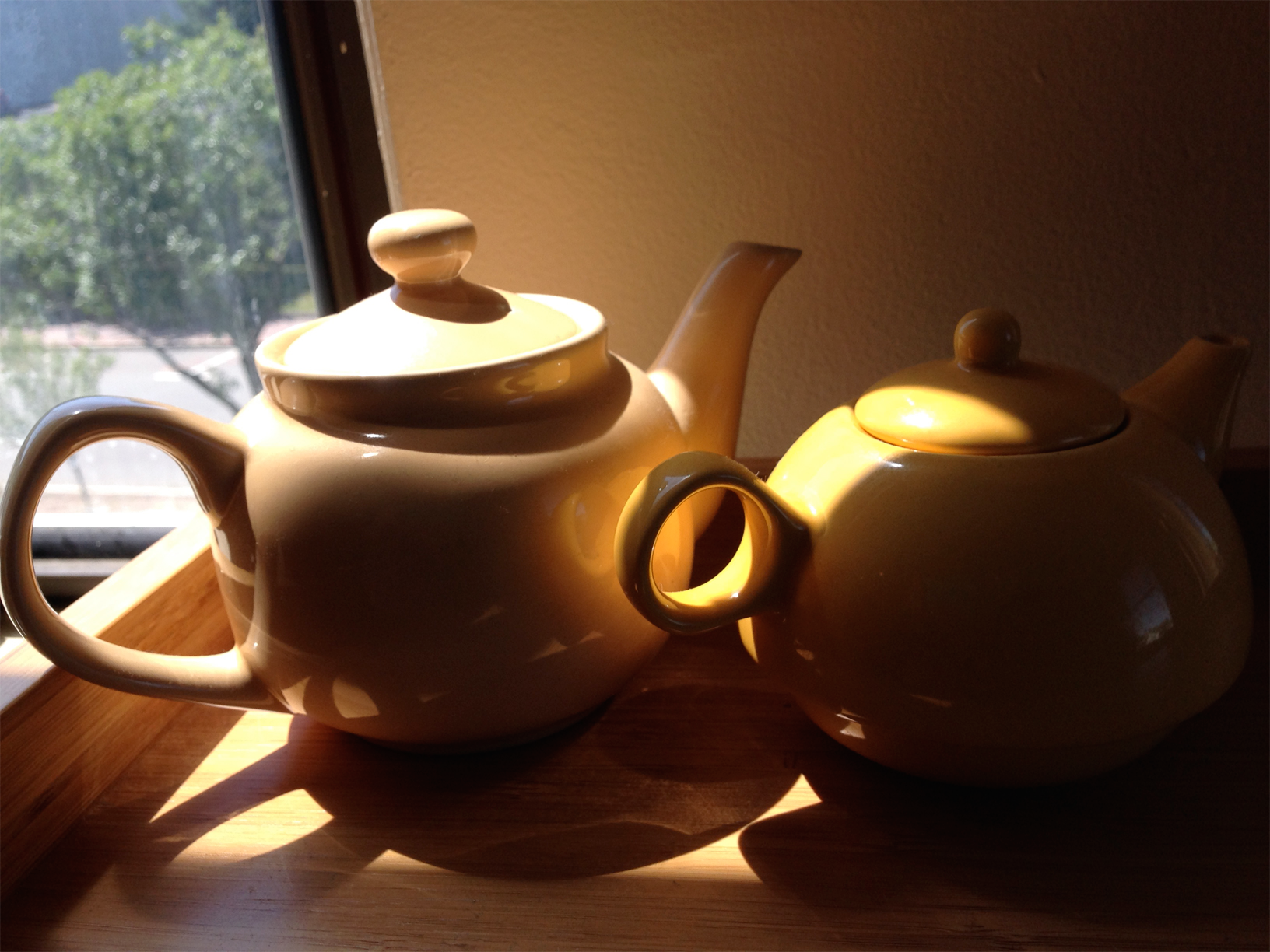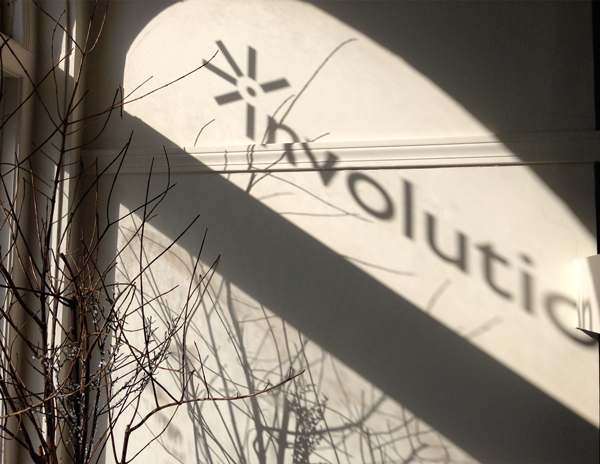
Some mornings it is just too sunny at my desk.
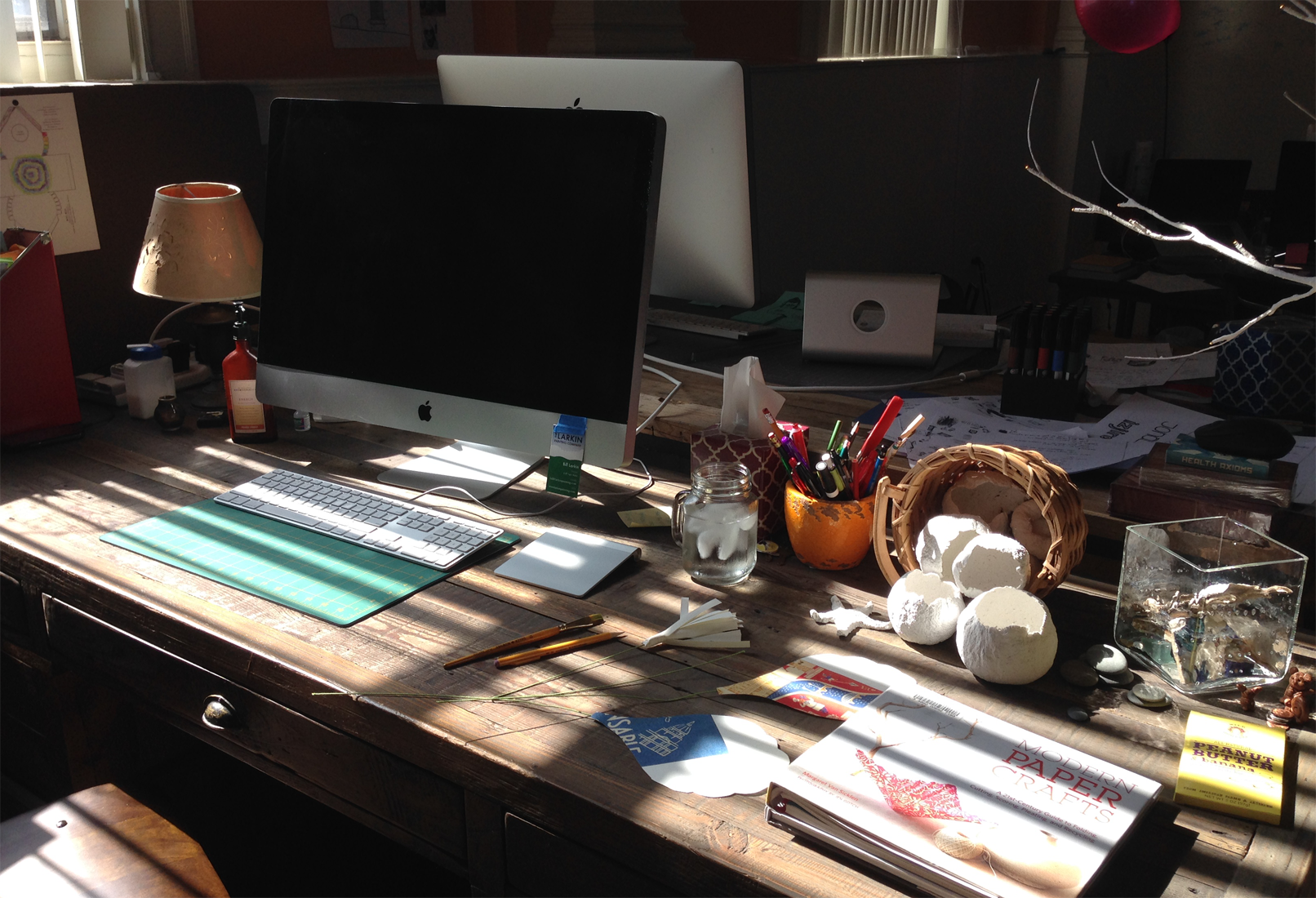
After 10 months at the studio, I am still amazed by this fact. The east-facing window dumps light across my desk until well past 11 in the morning. I turn on the computer, get coffee, check the phone messages, and only when I have to actually read what’s on my screen do I reluctantly close the blinds. The twinkling dust particles and glowing fingerprints disappear.
Research has shown that people exposed to natural light at work usually sleep longer and better, are more physically active, and have better quality of life. Such benefits are associated with happier workers, less absenteeism, and higher productivity. One British study reported that windows were the most important factor in determining the satisfaction level of a building’s occupants. It’s also been widely found that a lack of natural light in the workplace can have adverse effects. Researchers from the University of Adelaide list a number of health problems associated with changes in melatonin production, related to inadequate exposure to natural light, which disrupts our circadian rhythm and sleep patterns. Light deprivation can also affect stress and anxiety levels, and even hormone regulation. The study authors write:
“As human beings we are designed for bright daylight exposure and require complete darkness for sleeping to function with optimum sleep levels, happiness, health and fitness.”
Since my working life has been longer than most of Invo’s staff has been alive, I’ve experienced a number of vastly different work environments. On reflection I realize that the classrooms in which I taught were rooms filled with natural light. As a teacher I met creative challenges every day. I also moved around a lot, got outdoors daily, made things, and played, even when I taught a college class. The light exposure in those settings gave me the energy to keep up with the daily demands, while it also provided a rhythm to the days and the year.
When I left teaching and went into the corporate world, I found myself in one harshly lit cube farm after another. Each company professed corporate values that included something about employees’ health and well-being. What I remember most, though, was how sad I was to find that having my own, beautifully appointed office meant having no window, and that my favorite cube in 15 years was the one situated across from an office that had a window.
Gray cube walls, cool white laminate work surfaces, gray metal shelves. Add chilly fluorescent light with just a bit of a flicker and buzz. Feeling inspired yet? Got any idea how long you’ve been staring at that same requirements document? Look away from your computer screen every few minutes to rest your eyes…on what?
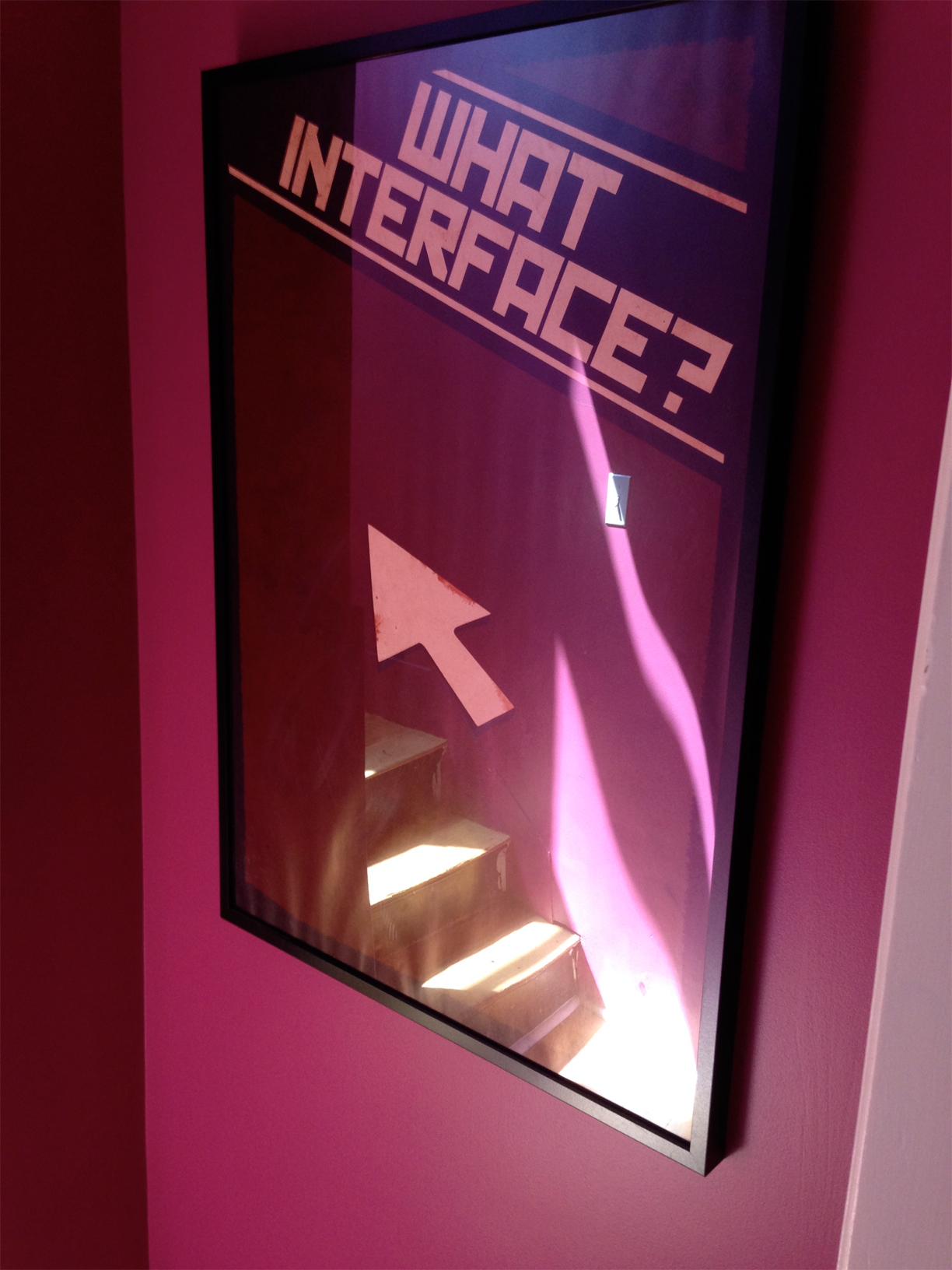
The 100-year-old ballroom where Involution Studios lives does, of course, have electric lights. We sometimes turn them on if it’s a particularly cloudy day, if a storm comes up, and after the sun goes down. If you need better light to sketch, or a bigger surface to look at comps, there are large tables in the kitchen and conference rooms, which are also filled with natural light throughout the day. If you need a sunny spot to sit and read alone, or look outside and quiet your mind, we’ve got that too.
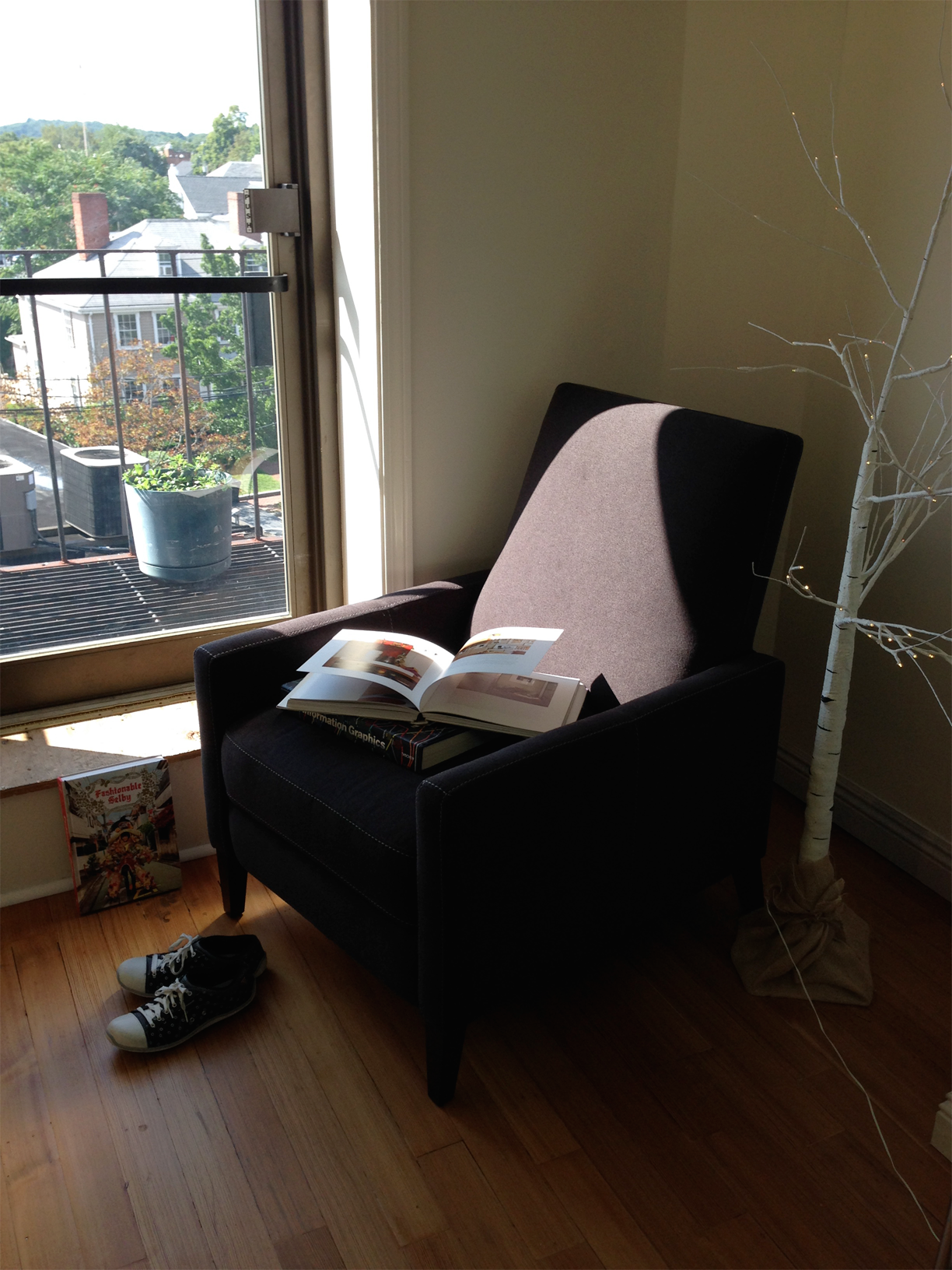
As designers, natural light plays an essential role in our work, whether it’s digital or physical, 2- or 3-D, vector or mixed media or foam or fiber art. Perhaps because I’m a gardener I’ve always been aware of light—its source, its intensity and duration, even its color. I don’t have to check the clock to know that it’s probably time for the mail to have arrived or our weekly Monday meeting to begin. I can tell by the quality of the light on my desk. No matter how chaotic my morning has been before I even get to work, when I approach that sunny corner, I feel happy and ready to start my Invo day.
